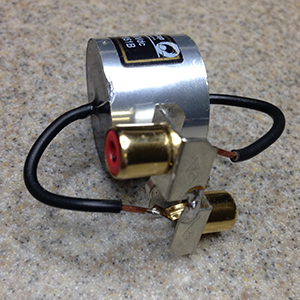Paul Speltz, President of ANTICABLES, Electronic Engineer & High Fidelity Enthusiast compares Dielectric Effect Distortion to Jitter
Talking with customers at the Rocky Mountain Audio Fest show a few weeks ago, I found myself repeatedly talking about the time-domain of music reproduction. When I was a kid, frequency-domain was focused on, but now obtaining a full frequency range is a relatively easy thing to do. Time-domain is where it is at now, baby.
Jitter is a time-domain issue in digital audio, and Dielectric Effect is a time domain issue in components and cables. The effects of dielectric effect distortion sound quite similar to me as the effects of jitter distortion, which is not surprising, since they are both time based distortions.
When the music signal flows through a cable, the dielectric material (insulation) around the wire absorbs some if this magnetic energy, but then re-releases it back into the wire slightly later in time. This time smearing of the music signal is called dielectric effect distortion. Both this and jitter distortion collapses the sound stage, makes the music sound hard and closed in, and reduces dynamics making the music sound lifeless and un-involving.
ANTICABLES use a very thin yet durable red coating to insulate the copper wire. This red coating is only 0.001 of an inch (0.025mm) thick. Beyond this extremely thin red coating, there is nothing left but air, and air is an ideal insulation dielectric material because it causes no dielectric effect distortion. Just one of the many reasons they are able to “hit the proverbial nail on the head” (Audiophilia, October 2105), when it comes to speed, neutrality, vibrant transparency, correct timber and last but not least, dynamics.

